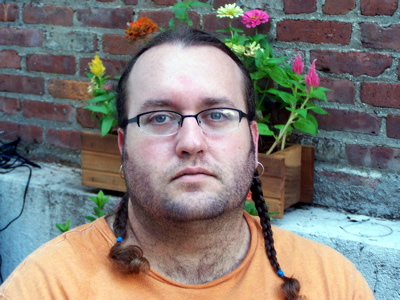I haven't had a haircut since January 2002. I'm pretty sure that was my last haircut. I made a pact with myself that I wouldn't consider getting a haircut until a certain state of affairs obtained. I recently read a story about a man who hadn't shaved since September 11, 2001. He made a pact with himself that he wouldn't shave until Osama bin Laden was captured. His beard is absolutely huge. I confess that, in some crowds, I've thought about using the latter explanation for the state of my hair.
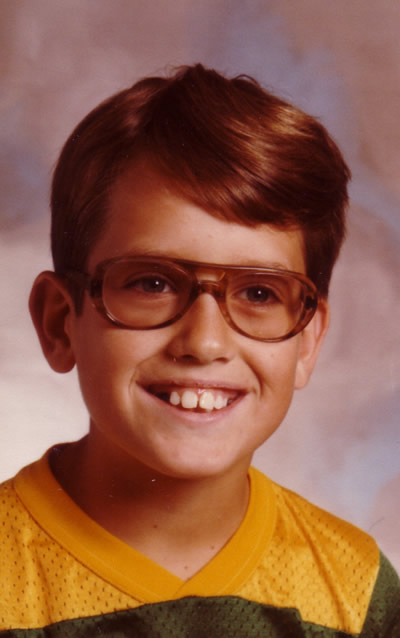
To tell a story is to confess. And confession is a matter of closing things off, closing doors, closing windows, closing narratives, bringing something to a close. But it also implicates others. A self-story by necessity is a collaboration. A collaboration that closes.
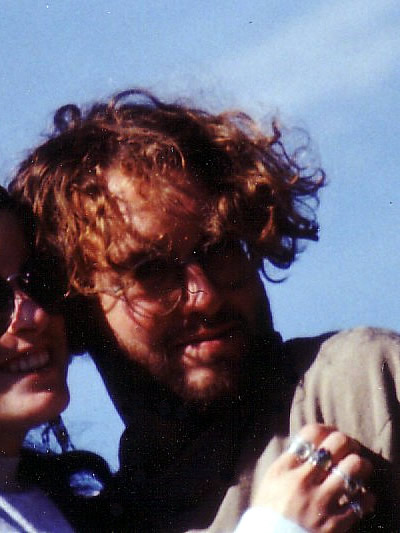
Every confession—every story wrought as memoir and reflection—should begin, “sorry, we’re closed.”
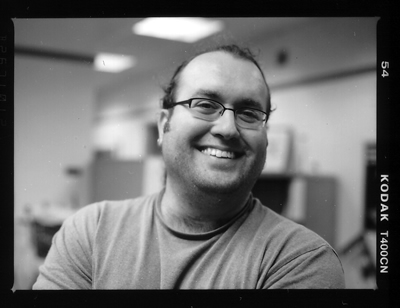
To tell the story, to confess, to collaborate, is not to reveal, but to submit to judgment. From a position of judgment—from the confessional—sharing is but shearing.
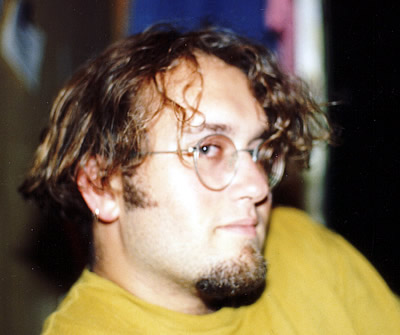
The shearing, the cutting moment, cuts to the heart of place. Collaboration, like performance in general, cuts out a space for connection. And for action. Connaction. In such a space, creation both expands and subtracts. A convergence that others, a disjunctive synthesis that constitutes, a movement that appears.
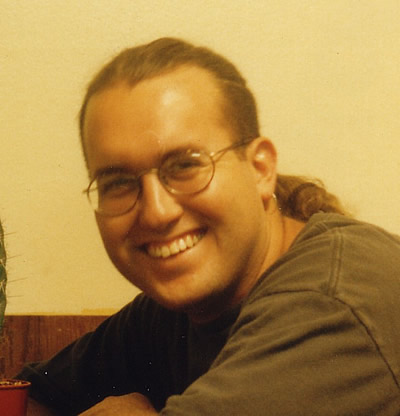
Tweaking this quote for our purposes—i.e., for my purposes—I make a host of it; I make it hospitable, and inhabit it as a home space, and thereby violate the hospitality enacted by its author:
"That is where the question of hospitality begins: must we ask [the collaborator, or the audience for that matter] to understand us, to speak our language, in all the senses of this term, in all its possible extensions, before being able and so as to be able to welcome him into our [performance]?"
—Jacques Derrida, Of Hospitality
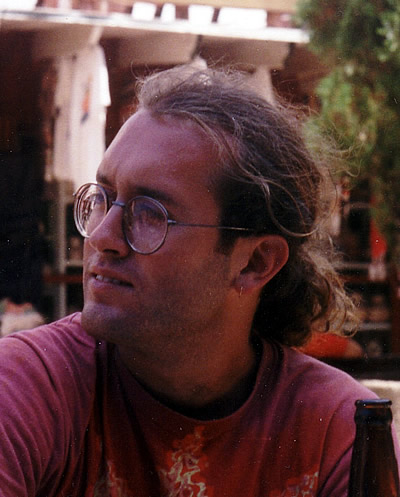
The collaborator always arrives unnanounced, even when you know she is coming. Her appearance shocks and strikes, shakes the space, and shatters the home. And yet the appearance enacts a demand.
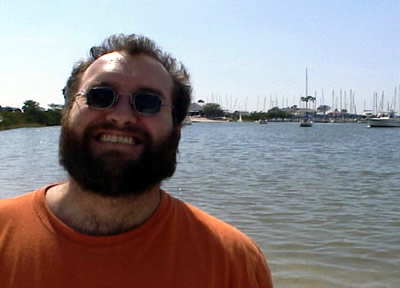
The demand of collaboration is a gift that both gives and takes place. The home is transformed, rendered in excess and in dearth. The gift of hospitality is a perversion of astonishment.
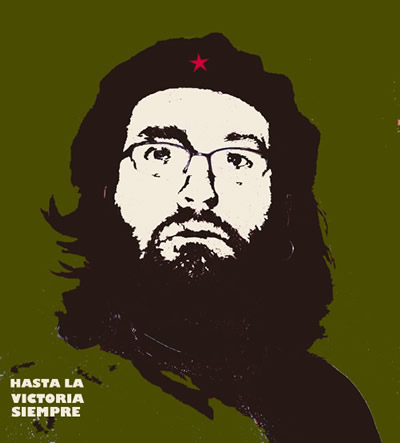
IX. The Overgrown Mullet.
To astonish: creating an impression that intrudes, that makes stranger by arriving as a stranger, as stranger that brings a demand, a stranger demand.
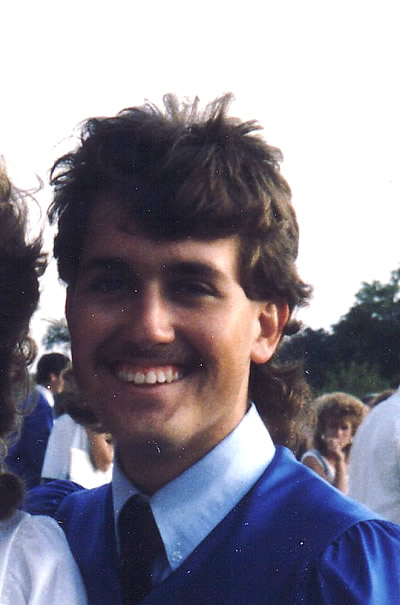
Astonishment always has a texture. The colaborative moment—even when virtual and distant, when digital and elusive— is always haptic. It creates a space-in-movement, a moving space.
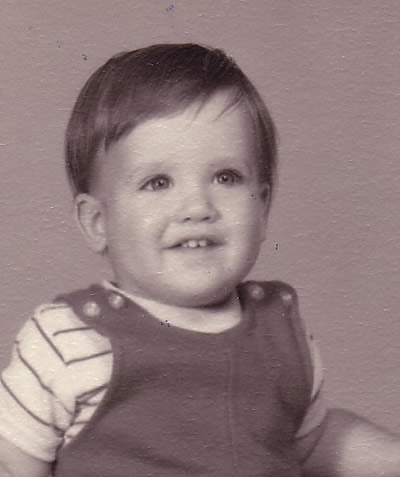
The collaborator gives place, a nomad place that is constituted in movement. The trick of collaboration is to inhabit movement.
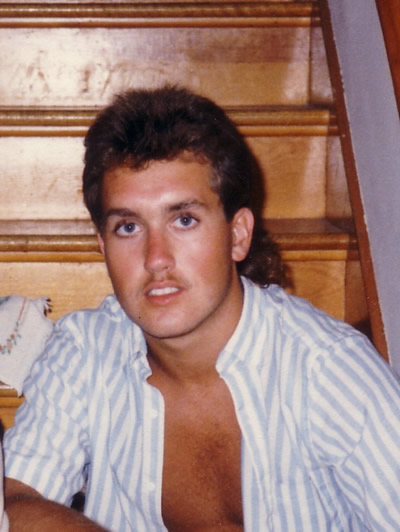
Sometimes the image makes a place out of place.
commentary: this is supposed to be ambiguous.
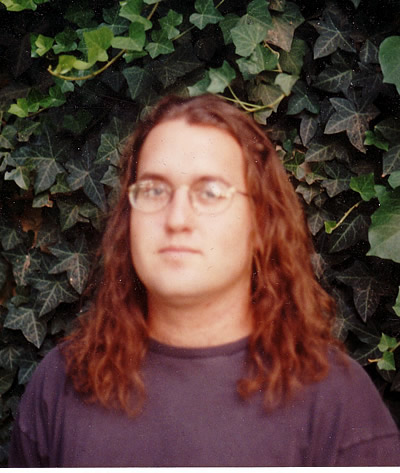
Movement is a gesture of style. It goes.
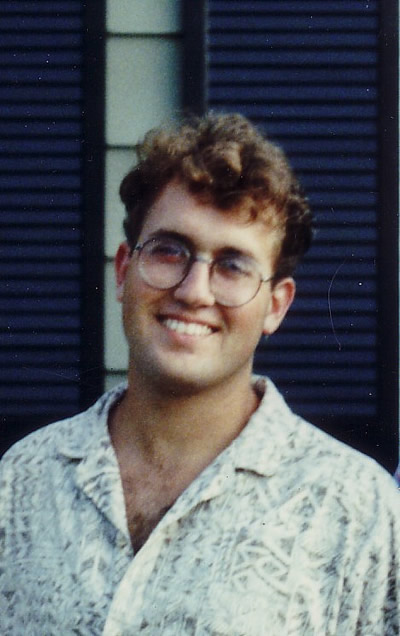
The gestures of the future, my future gestures, are always already what will have been. They will arrive as having been inchoate, as revealing but not revealed. The future anterior constitutes the perfect past of the portrait—precisely because the subject, both spectator and spectrum, doesn't know any better.
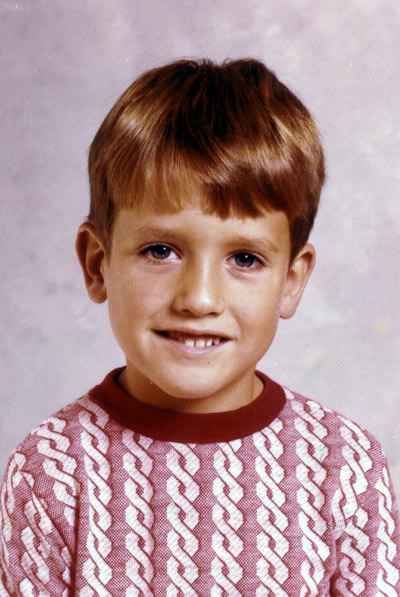
Hair is a space that moves, even after death. Even after the moment of performance, it still performs. It is both trace and thing traced.
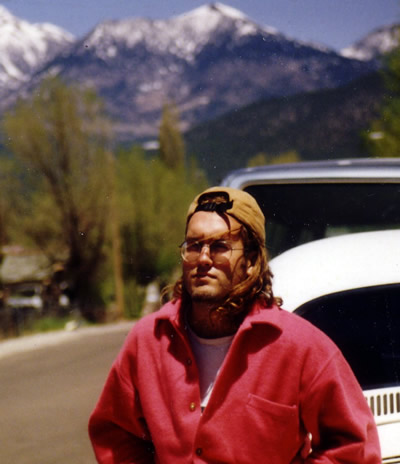
XVI. The Future Dentists of America.
"When all is said and done, theater thinks, in the space opened between life and death, the knot that binds together desire and politics. It thinks this knot in the form of an event, that is, in the form of the intrigue of the catastrophe."
—Alain Badiou, Handbook of Inaesthetics
exhibit 1: the intrigue of the catastrophe (below).
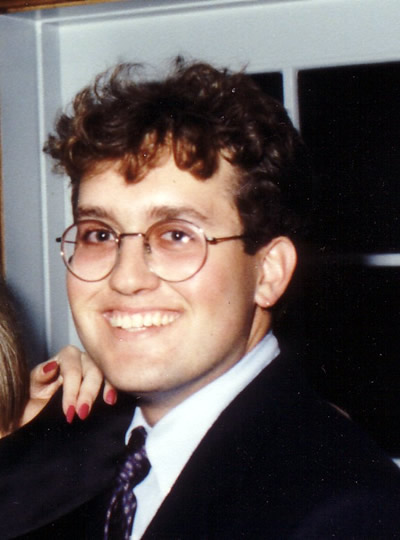
XVII. The Freshly Shorn.
"The ephemeral element within the theater is not to be located directly in the fact that a performance begins, ends, and ultimately leaves nothing but obscure traces. Instead, it is to be sought in the following conviction: The theater is an eternal and incomplete idea caught in the instantaneous ordel of its own completion."
—Alain Badiou, Handbook of Inaesthetics
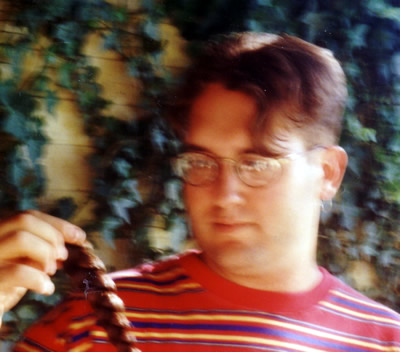
"The theater falls under the category of restricted action, and every confrontation with the ratings will prove fatal. The public comes to the theater to be struck. Struck by theater-ideas. It does not leave the theater cultivated, but stunned, fatigued (thought is tiring), pensive. Even in the loudest laughter, it has not encountered any satisfaction. It has encountered ideas whose existence it hiterto did not suspect."
—Alain Badiou, Handbook of Inaesthetics
The digital collaborator comes to the screen-as-stage to be struck, to be dissatisfied and fatigued by the always more-to-think.
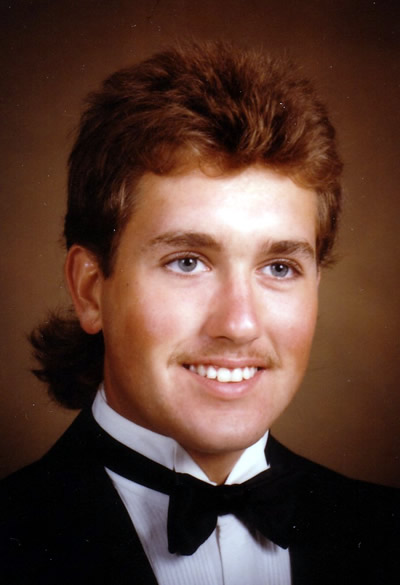
The interruption of time found in photography opens up a time and a space for digital performance, precisely because it is loosed from the space of the print.
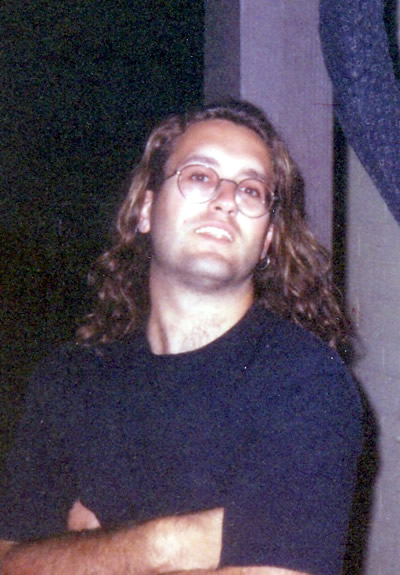
"Photography is subversive not when it frightens, repels, or even stigmatizes, but when it is pensive, when it thinks."
—Roland Barthes, Camera Lucida
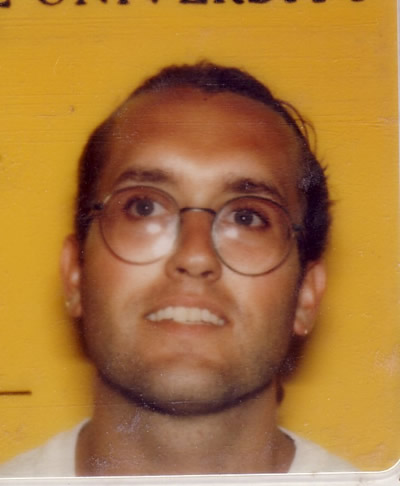
The promise of digital collaboration is a lure of proximity.
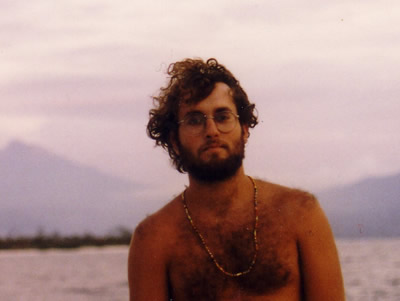
To be in proximity is first and foremost to move in a relationship of warmth. Collaboration is a thermal process.
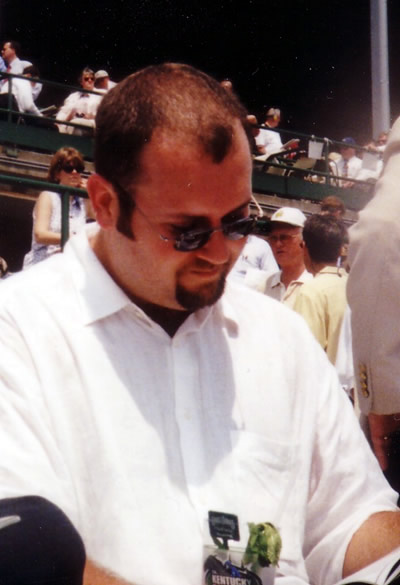
XXIII. The Buzz (aka The Gus Grissom).
"acting at a distance renders problematic the very nature of the interval that makes up this distance."
—Paul Virilio, Open Sky
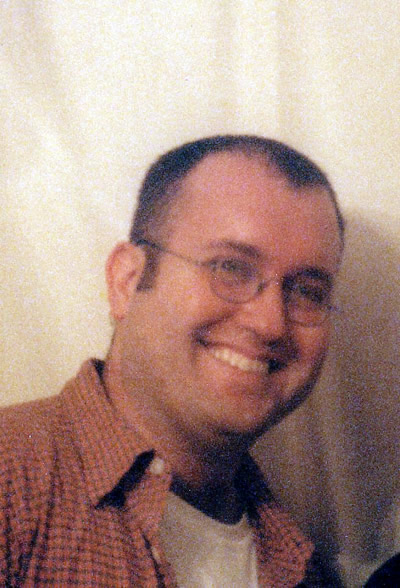
Look at this hair! It has warmth and proximity. But does it constitutue a home, even in the ephemerality and eternity of the image?
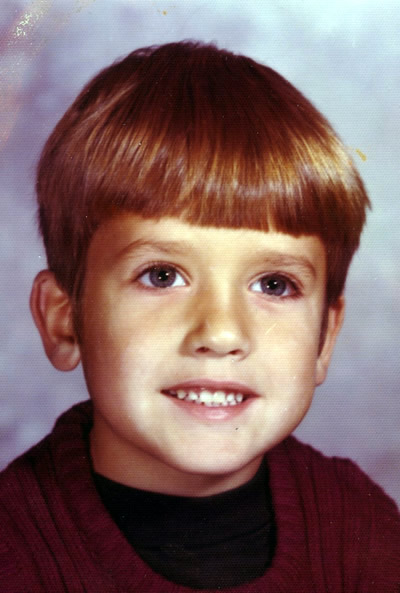
As the hair returns it always returns with a difference. Yet it always returns with a trace of the same, as a performance of folded time, as an inhabitation of time.
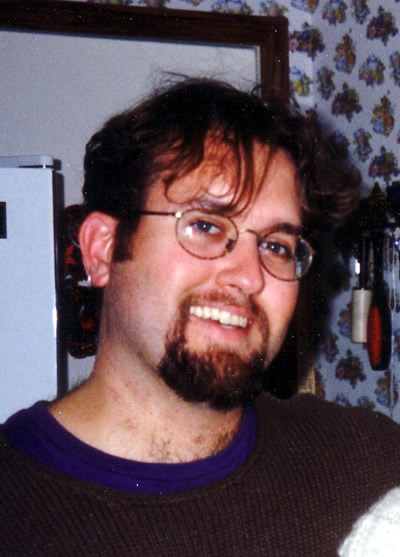
Even in baldness, the hair would return as a zero-point of orientation, as a partial object, as pure potentiality. And as passage.
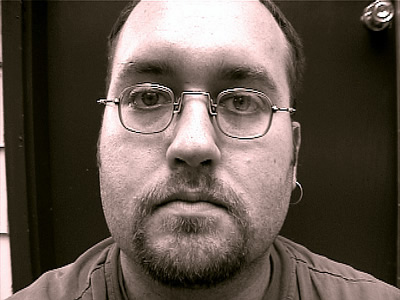
"What counts in the image is not its meager content, but the energy—mad and ready to explode—that it has harnessed, which is why images never last very long."
—Gilles Deleuze, "The Exhausted"
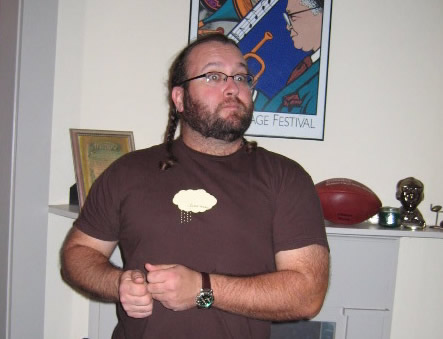
exhibit 2: The body.
query: Where is it? Or, rather, when is it?
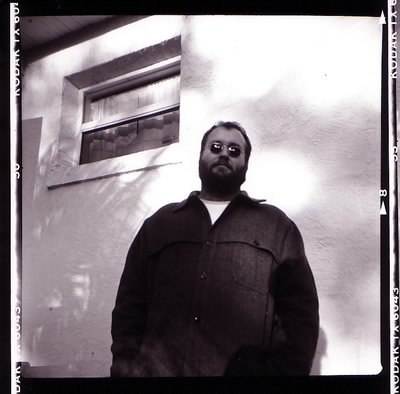
Collaboration is a lure of a future home, of impossible inhabitation, of taking place and making place for the as-not-yet and the will-have-been.
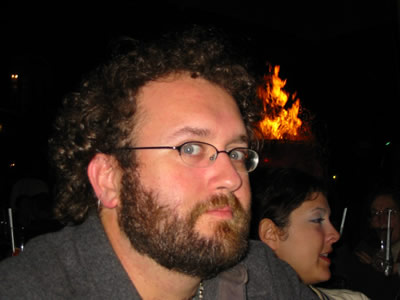
"We can never predict the future nor have faith in it, since in any case, things do not happen as we want. Thus it is necessary to 'navigate by sight,' to agree to experiment in the short term and in limited areas."
—Sylviane Agacinski, Time Passing
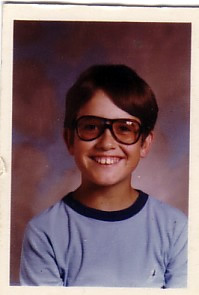
Without cutting, there is a trace of a thousand cuts.
